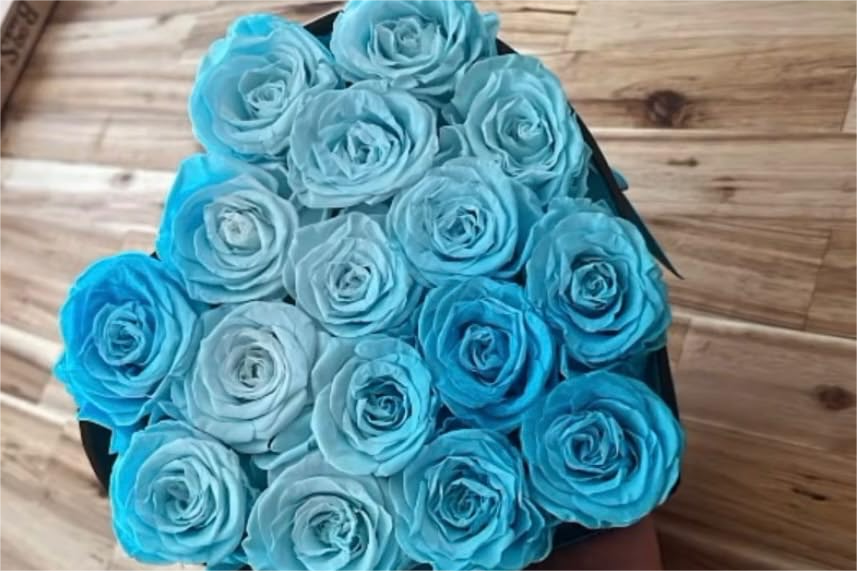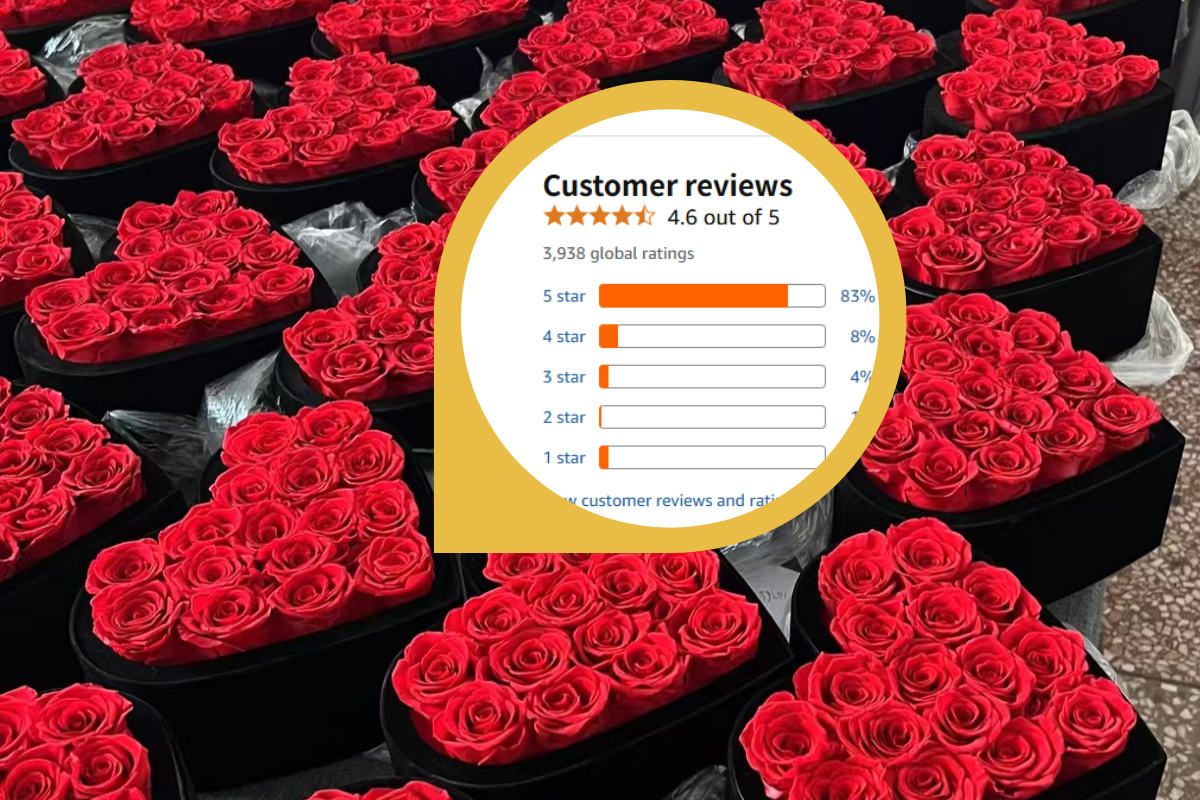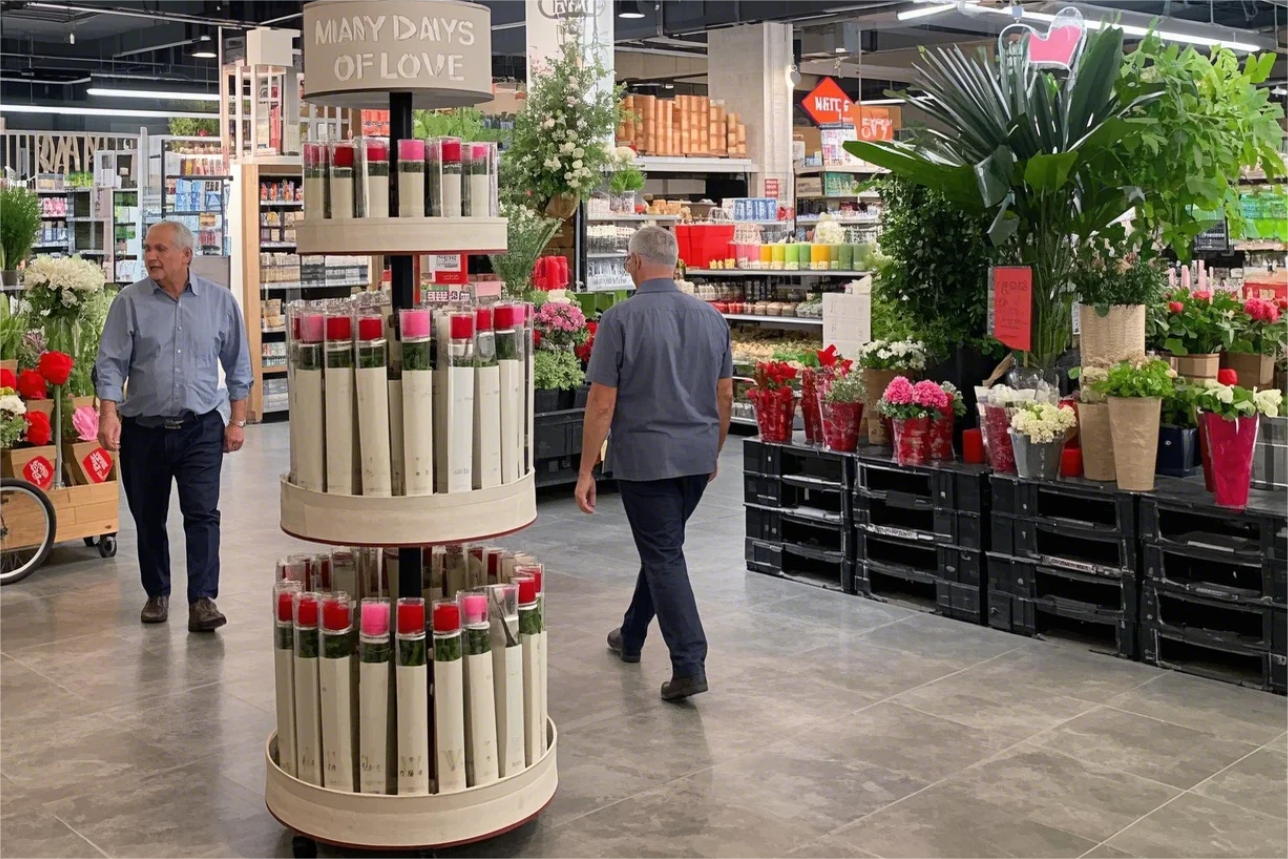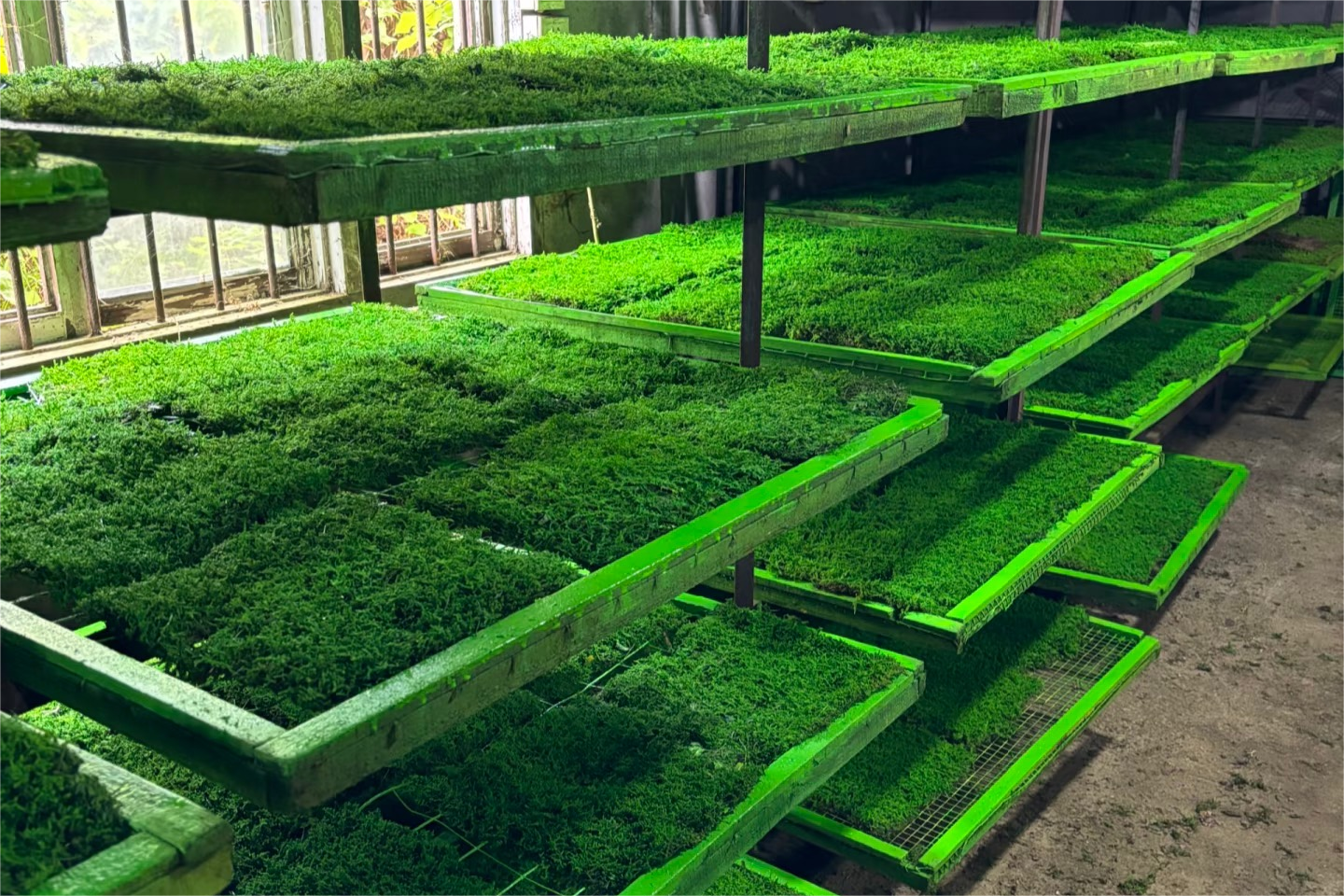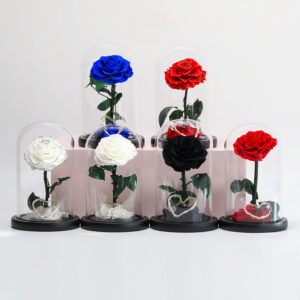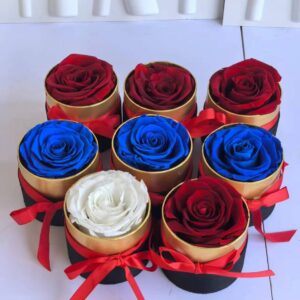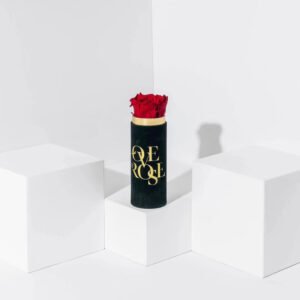As the demand for long-lasting floral beauty continues to grow, plant preservation is becoming more than just an artistic craft—it’s becoming a science. But with growing environmental concerns, shifting customer preferences, and expanding global markets, traditional methods alone just won’t cut it. The industry needs innovation—methods that are sustainable, versatile, and effective across a wide variety of species.
Mixed preservation techniques combine multiple scientific methods such as dehydration, rehydration, absorption, and dyeing into a single, optimized process. Future techniques are focused on eco-friendliness, expanded flower variety preservation, and overcoming pigment limitations. Research and development from countries like Japan and the Netherlands are shaping the future of preserved flowers.
Mixed Techniques of Plant Preservation
In today’s industry, rarely does a single preservation method meet every requirement. That’s why hybrid, or “mixed,” preservation techniques are gaining popularity. These approaches involve carefully combining various processes like dehydration, glycerin-based rehydration, alcohol immersion, and pigmentation adjustments—all tailored for specific flower types.
For example, a classic method for preserving many ornamental flowers (including roses and orchids) begins with alcohol-based dehydration followed by rehydration with glycerin and alcohol. This method stabilizes the plant’s texture while retaining a natural look. But when it comes to delicate species like the Thai purple orchid, this traditional method doesn’t work well. Instead, it’s preserved using silica gel for dehydration, then rehydrated only with glycerin, completely avoiding alcohol to protect its vibrant color.
Another critical part of mixed techniques is bleaching, typically done during dehydration. Immersion in alcohol can cause both water and pigment to be extracted. This “blanching” allows new dyes to take more vividly, enhancing the final product’s aesthetic. However, Sweetie-Gifts strictly avoids unsafe chemicals like chlorine or harsh bleaches—especially those banned in Europe—out of concern for both the plant and the end customer.
Additionally, if you’re interested in learning how professional florists adapt preservation to different flower types, check out Floret’s Flower Care Techniques.

How Are Flowers Preserved Today?
Right now, the most widely used methods in commercial production are absorption and double-immersion techniques. These methods allow flowers to retain their soft touch, fresh appearance, and vibrant colors for years.
At Sweetie-Gifts, we mainly rely on a glycerin-based absorption method, where the flower stem absorbs a special preserving liquid that replaces the sap. This technique works wonderfully for creating lifelike textures and making the flowers flexible—ideal for creating preserved flower gift boxes and floral jewelry.
We also use what’s known as the double-immersion technique, which has gained popularity for large-scale applications. This involves:
- A first bath to dehydrate the flower and remove natural moisture.
- A second bath to inject a preserving solution (often including colorants) into the flower’s structure.
You can learn more about how we at Sweetie approach these preservation processes on our blog here.
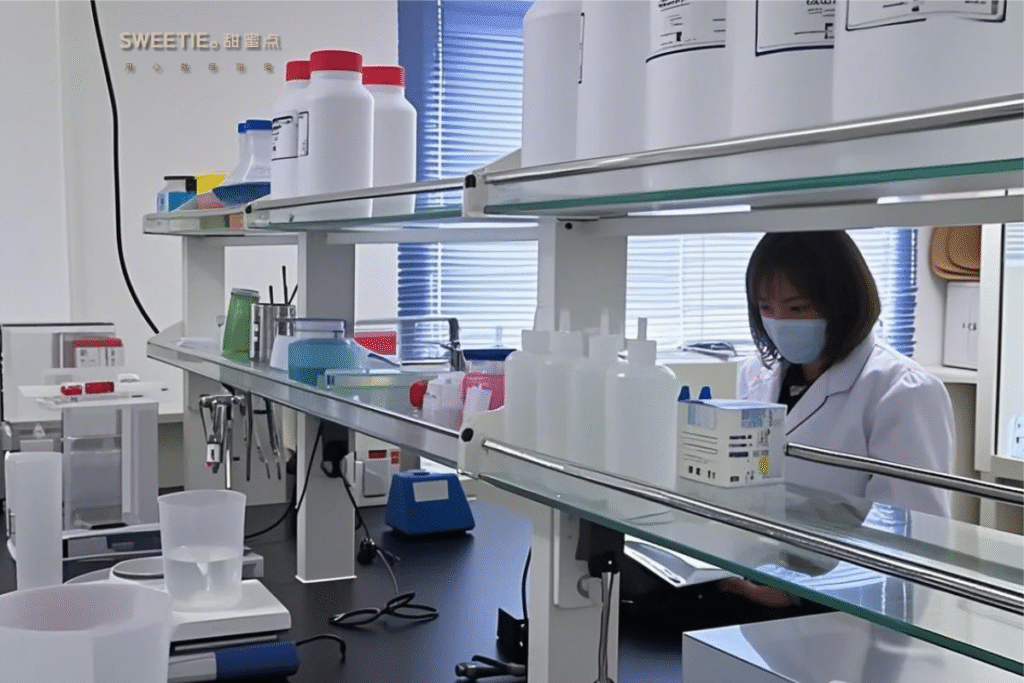
What Preservation Techniques Can We Use in the Future?
The future of plant preservation is being written in labs, greenhouses, and test farms around the world. There are three main directions where the industry is headed:
1. Formula Innovation for Wider Species Variety
Not all plants react the same to traditional methods. Some dry too quickly, others lose color entirely, and some simply collapse. That’s why countries like Japan are investing heavily in research. Their teams are developing new preservation formulas that match each plant’s seasonal cycle, structural makeup, and fluid absorption rate.
One fascinating discovery? Increasing the acidity of the preservation solution actually helps certain flowers absorb more preserving liquid—especially those that typically resist absorption.
2. Pigmentation Solutions for Color Limitations
Some flowers naturally resist artificial dyes due to their chlorophyll content or native pigments. Traditional colorants won’t stick. But now, techniques like solar drying—which lightly burns the chlorophyll—are being explored. This reduces pigment conflict and allows brighter, more consistent coloring. The challenge lies in controlling sunlight levels, especially in unpredictable climates.
This is where data-driven monitoring and AI-powered lighting systems might soon come into play.
3. CO2-Based Preservation: A Breakthrough in Europe
In the Netherlands, researchers are working on a CO2-based preservation technique that skips the need for alcohol entirely. This is big news for Europe, where alcohol preservation is strictly regulated due to safety standards. CO2 not only improves preservation time but also enables industrial-scale safety.
The catch? The machinery is expensive—for now. But like all cutting-edge tech, we expect costs to drop as demand rises and processes become more refined.

Final Thoughts
As someone who’s spent over two decades immersed in this industry—and visited flower markets across the U.S. and Europe—I can confidently say this: we’re only scratching the surface of what’s possible with plant preservation.
Whether it’s finding a way to preserve a fragile alpine bloom or creating a truly eco-conscious floral product, Sweetie-Gifts is committed to being at the forefront of what’s next. That’s why we continuously invest in research, collaborate globally, and fine-tune every technique in our three factories.
If you’re sourcing preserved flowers for retail, events, or special collections, and care about both innovation and responsibility, let’s connect. We’re happy to share insights or create something customized just for your market.
📩 Reach me and my team at: inquiry@sweetie-group.com

Warmly,
Annie Zhang
CEO, Sweetie-Gifts

